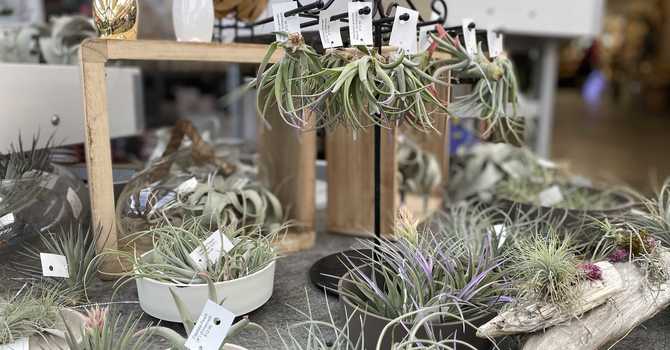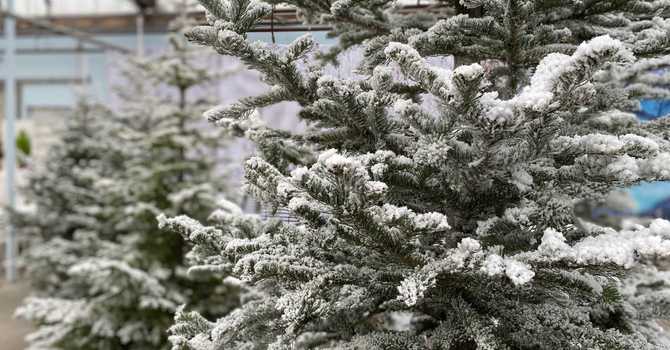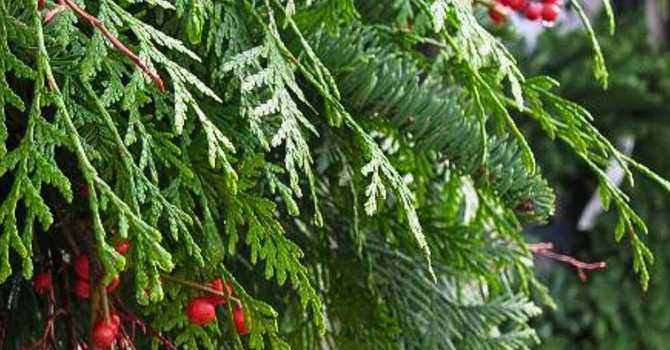
When we mention dogwoods, most folks think of our provincial flower that comes from the native dogwood, 'Cornus nuttallii' or the beautiful pink ‘floridas’, but the dogwood family is large and quite diverse.
'Cornus canadensis' is really a deciduous perennial ground cover. It displays native dogwood-like flowers in May and June atop six to nine inch leafy stems. In native settings, it can be found under trees and by lakes and streams. Well-rotted old logs and areas of decaying bark seem to be some of their favourite growing places. They are quite attractive, but unless you know just how to get them started, using lots of fine bark mulch, even nursery-grown plants will have difficulty getting established.
One of the most popular, and versatile, in the garden are the shrub dogwoods. 'Cornus Midwinter Fire', with its chartreuse leaves and yellow and red coloured bark will light up any winter garden. Surprisingly, both of these varieties perform equally well in shade or sun, will tolerate damp soil (though we still recommend having good, well-drained soil for them to grow in) and they are invaluable as contrast plants. In winter, the stems of both varieties are attractive, especially against a snowy background. They grow to about eight feet in height but an occasional pruning will keep them low and attractive.
In the landscape, ‘Cornus mas' (Cornelian Cherry) is first to bloom. In February and March, it bursts into masses of clustered, small yellow blossoms. Native to southern Europe and Asia, it's hardy in all parts of the province and grows to about 15 feet in height. It has small, shiny green leaves which turn a delightful yellow and red in the fall, and its autumn colours are enhanced by clusters of bright, edible scarlet fruits which remain on the tree from September until the birds clean them off.
Cornus 'nuttallii' (Western Dogwood) and 'floridas' (Eastern Dogwood) varieties are lovely but unfortunately, they are having some problems with crown canker and dogwood leaf blotch, diseases related to wet weather. Until weather patterns swing back to drier springs on the Coast, plant all of these varieties in very well-drained areas and preferably, in among other trees. Also, keep the kids from playing on the trunks, and steer clear with the lawn mower. If the bark is damaged, disease can set in and spread more easily.
'Cornus kousa' is a multi-stemmed dogwood native to Japan and Korea and is quite hardy. Growing about 20 feet high, it blooms in June and July with delightful flowers which turn into huge red edible raspberry-like hips in the fall. Its autumn colouring is a knockout, and the other big bonus is its disease resistance. Today, there are many varieties of ‘kousa’ that truly are magnificent. The pink form, ‘Satomi, is particularly beautiful.
The most popular of all dogwoods are the pink florida rubras, which will simply ‘pop’ with colour in your yard. They are coming into their prime right now and will have beautiful foliage this fall. Only have a small space? Then try ‘Red Pygmy’, which will stay quite small at about 7’.
'Eddie's White Wonder' is Vancouver's centennial tree. It has four to five inch flowers at the ends of slightly pendulous branches and stunning red fall colour! Hardy and easy to transplant, it is quite resistant to diseases affecting both the 'nuttallii' and 'florida' varieties (its parents), but it has become harder to come by in recent years. ‘Venus’ has blooms up to 7” across, and ‘Starlight’ is an improved version (C. kousa x nuttallii), growing similar in size as Eddie’s White Wonder, approximately 25’ high and 20’ wide.
Other terrific varieties available include:
- Summer Fun and Wolf Eyes, both with variegated foliage.
- Rosy Teacups, with deep rose-toned blooms and striking fall foliage colour
- Ragin Red, with fantastic crimson blooms and intense foliage colour spring and fall
- Blue Shadow, offering foliage that has a unique blue-green hue
Dogwoods are now coming into bloom so take special note of the many varieties available, and perhaps find a home for at least one of them in your landscape!

Erin Minter
Contact Me


